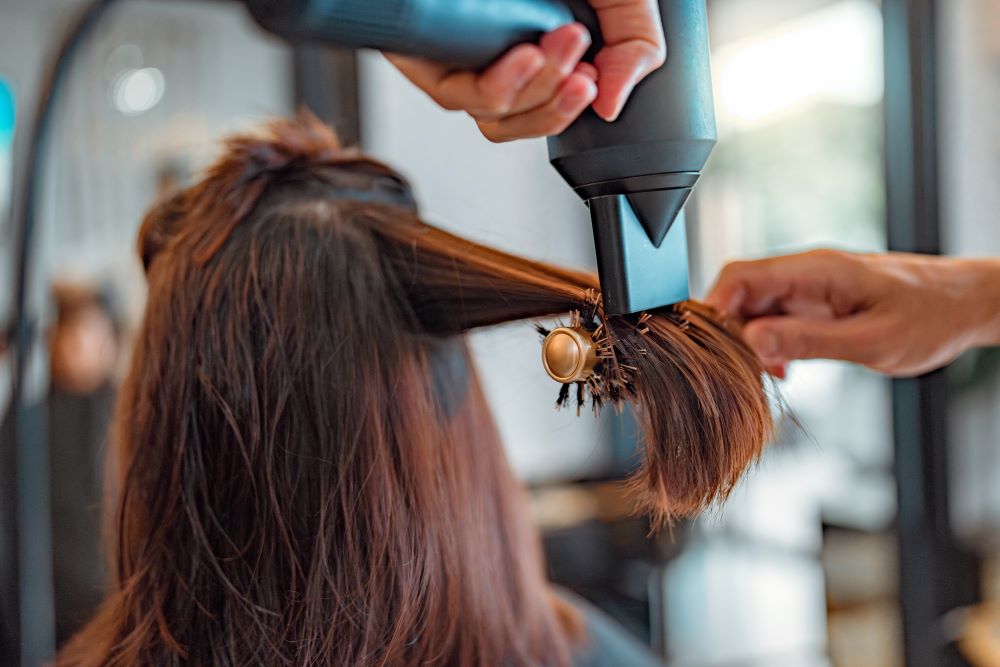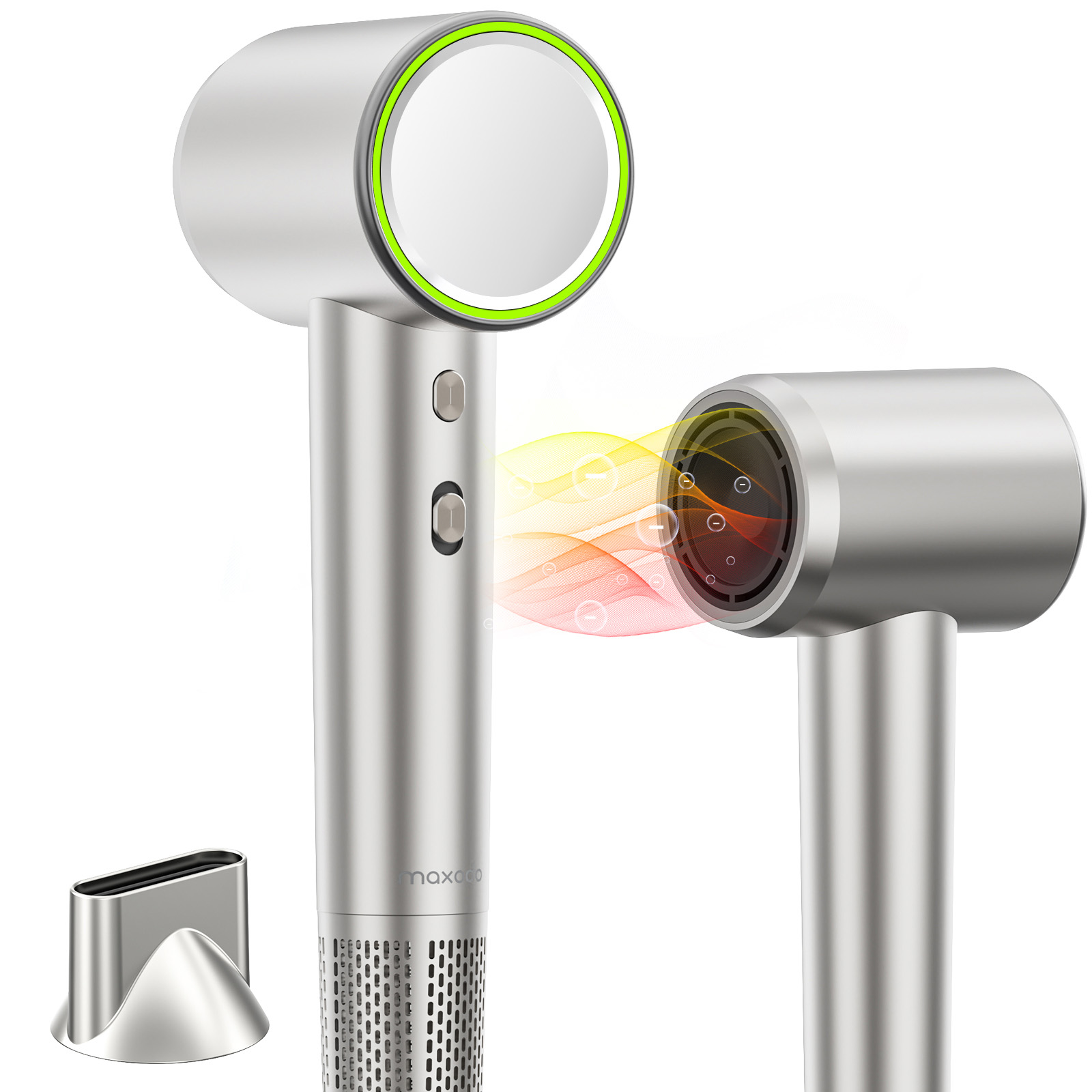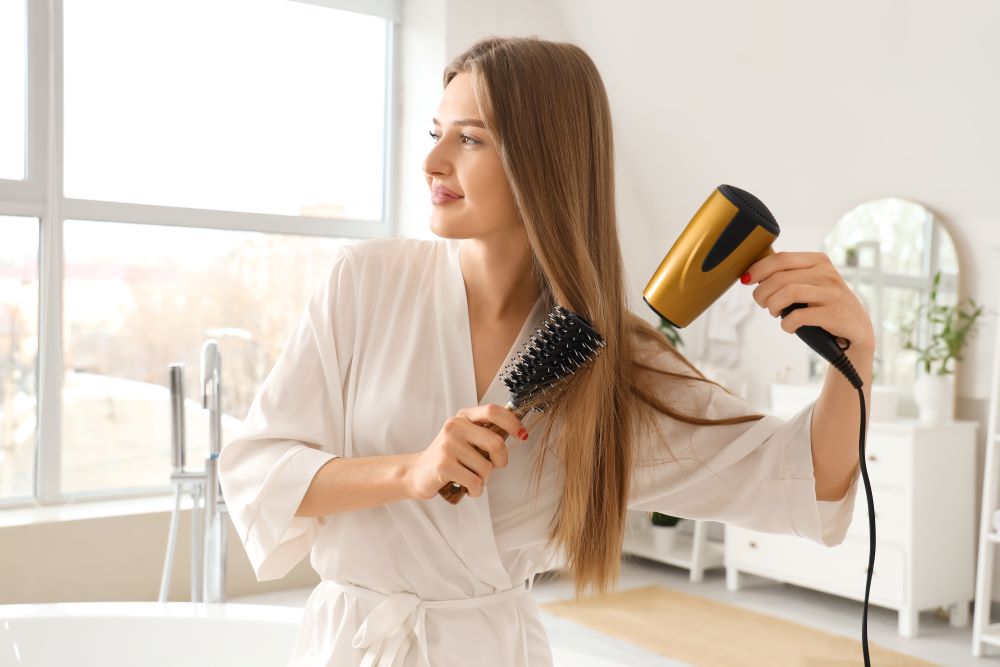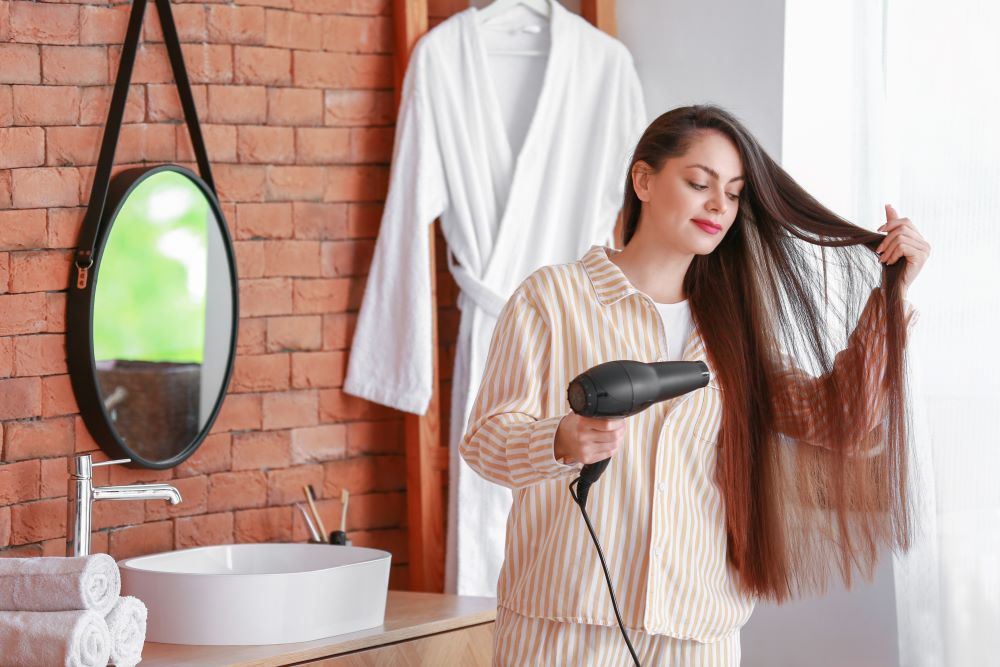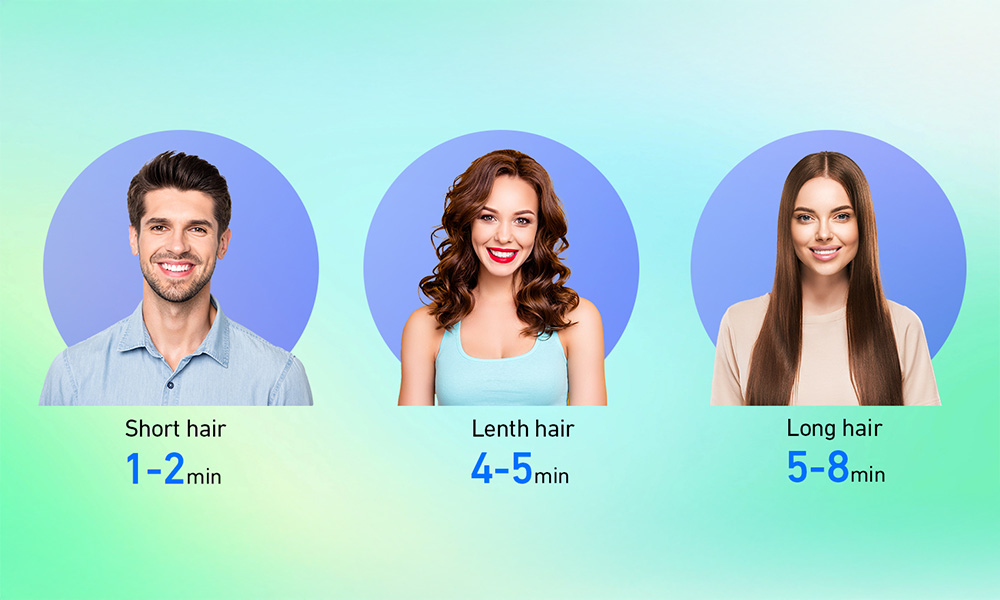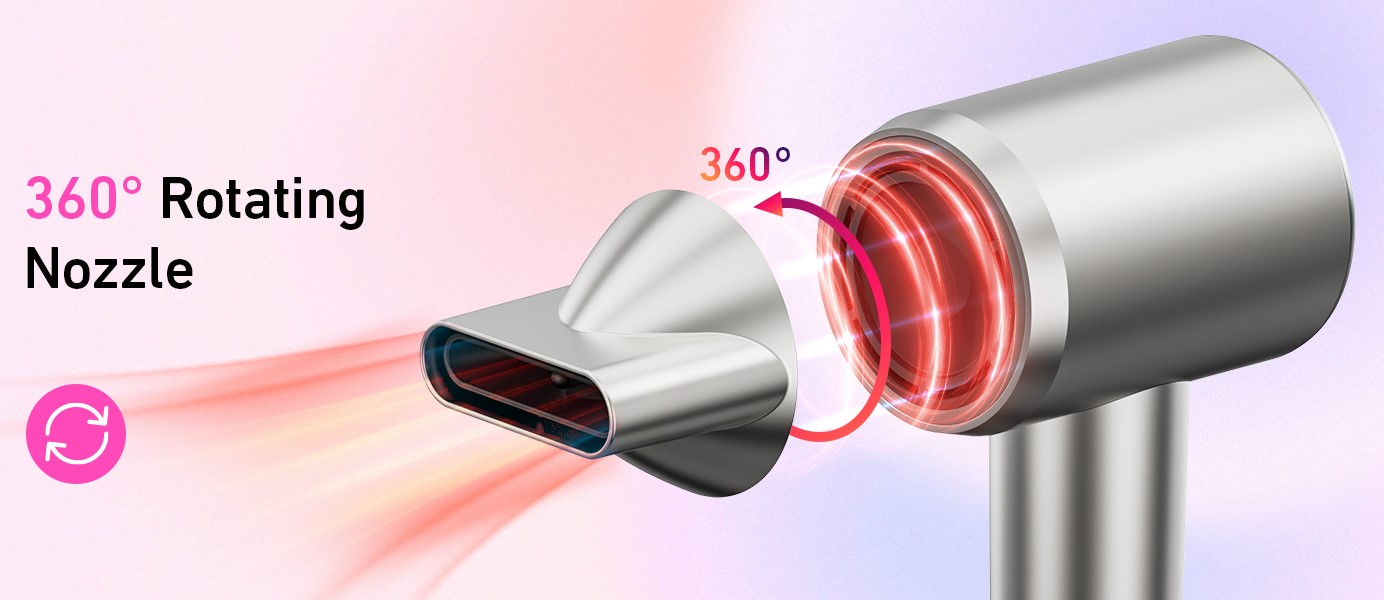
- Home
- Hair Dryer
- The Ultimate Hair Dryer Guide for All Ages
The Ultimate Hair Dryer Guide for All Ages
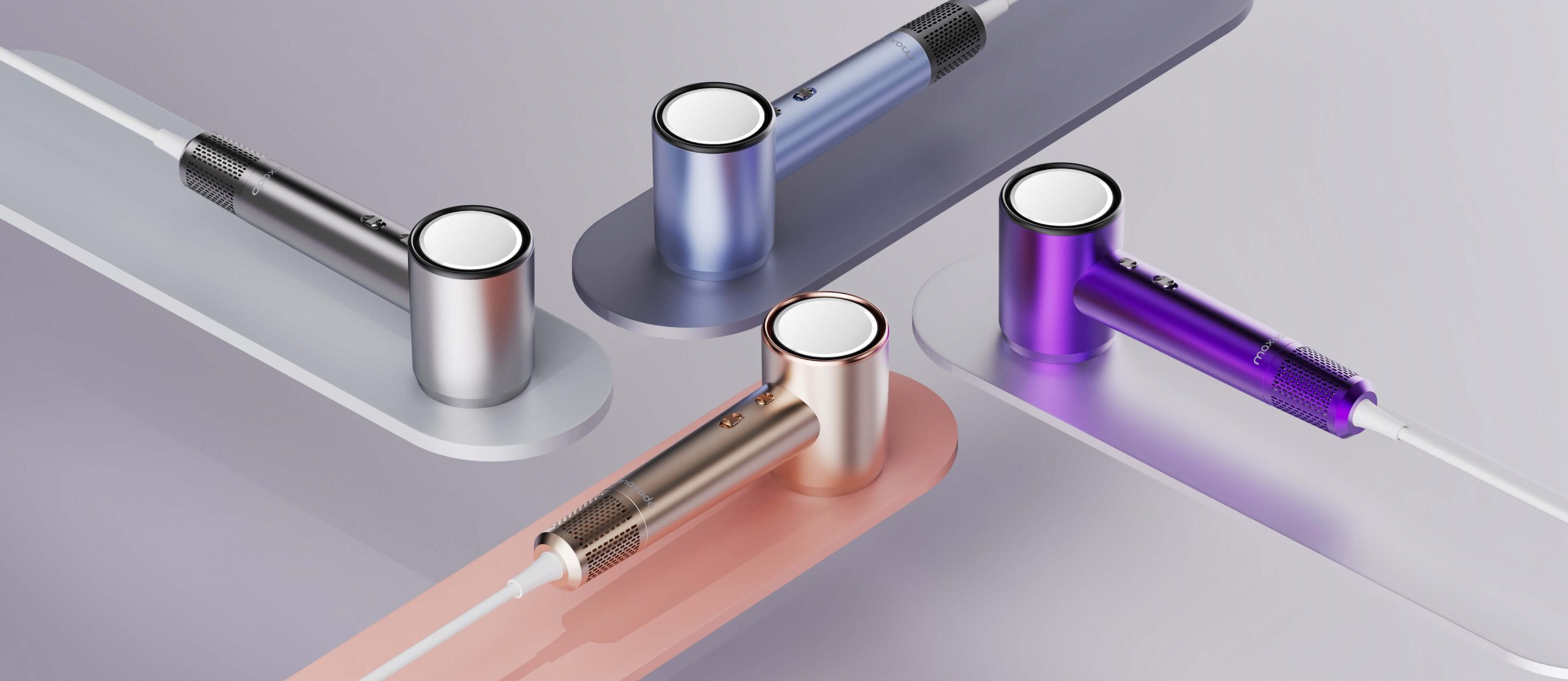
Choosing the right hair dryer is essential for maintaining healthy, vibrant hair, especially across different age groups. Each age group has specific hair characteristics and needs, influenced by factors like hair texture, thickness, and overall health. This guide will help you choose the best hair dryer for every age group, from toddlers to seniors, to ensure optimal hair care at every stage of life. We will cover important considerations, such as hair types, heat settings, ergonomic designs, and special features that meet unique needs. This detailed guide will give you all the information needed to make a well-informed decision.
1. Understanding Hair Types and Needs Across Ages
Before diving into specific hair dryer features, it’s essential to understand the hair characteristics prevalent in different age groups:
Toddlers and Young Children (Ages 1-5): Typically have fine, delicate hair that requires gentle handling. The hair is often more fragile and less dense than in older children and adults, needing minimal heat exposure to avoid damage.
School-Age Children (Ages 6-12): Hair begins to thicken and gain more structure. Hair care at this stage involves gentle drying with moderate heat settings, avoiding excessive heat that could lead to dryness or damage.
Teenagers (Ages 13-19): Hormonal changes often affect hair, leading to variations in oiliness, thickness, and texture. Teenagers may experiment more with hairstyles, requiring a versatile hair dryer with adjustable settings.
Young Adults to Middle-Aged Adults (Ages 20-50): Hair is typically at its most robust. However, lifestyle choices and styling practices can affect hair health, making the choice of a hair dryer with various heat and speed settings crucial.
Older Adults and Seniors (Ages 50+): Hair tends to thin and lose moisture, becoming more brittle. A gentle approach to drying, with lower heat settings and ionic technology, can help preserve hair integrity and health.
2. Key Features to Consider When Choosing a Hair Dryer
When selecting a hair dryer for any age group, consider the following features:
Wattage: The power of a hair dryer is typically measured in watts. Higher wattage dryers (1800W and above) are more powerful and dry hair faster, which is ideal for thick or coarse hair. Lower wattage dryers (below 1800W) are gentler and more suited for fine or delicate hair, such as that of toddlers and older adults.
Heat and Speed Settings: Adjustable heat and speed settings are essential for customizing the drying process to suit different hair types and conditions. Look for a dryer with at least three heat settings (low, medium, high) and two speed settings (low, high). This flexibility allows users to select the most appropriate setting, minimizing heat damage while maximizing efficiency.
Cool Shot Button: This feature helps set hairstyles in place by providing a burst of cool air. It is beneficial for all ages, particularly for setting styles in teenagers and young adults who frequently experiment with different looks.
Technology Types: Ionic, ceramic, tourmaline, and titanium technologies each have unique benefits:
Ionic Hair Dryers: Emit negative ions that break down water molecules, promoting faster drying and reducing frizz. Ideal for teenagers and adults with frizzy or thick hair.
Ceramic Hair Dryers: Provide even heat distribution, which helps prevent hot spots and damage. Suitable for all ages, particularly for those with fine or fragile hair.
Tourmaline Hair Dryers: Enhance the ion output, providing even smoother results. They are ideal for dry, damaged, or chemically treated hair.
Titanium Hair Dryers: Offer a lightweight design with a consistent temperature. They are best for thick, coarse hair but should be used with caution on delicate hair due to their high heat capabilities.
Attachments: Nozzle and diffuser attachments can significantly impact the drying process. A concentrator nozzle helps direct airflow for precise styling, while a diffuser is ideal for curly or wavy hair, minimizing frizz and maintaining natural curl patterns. These are beneficial for teenagers, young adults, and anyone with textured hair.
3. Choosing the Right Hair Dryer for Toddlers and Young Children

For toddlers and young children, safety and gentleness are paramount:
Low Wattage: Opt for a hair dryer with low wattage (below 1600W) to prevent excessive heat exposure. A lower wattage dryer provides a gentler airflow, which is less likely to cause discomfort or damage to a child’s sensitive scalp and delicate hair.
Lightweight Design: A lightweight hair dryer is easier to handle, reducing the risk of accidents. It also makes the drying process less tiring for both the parent and the child.
Cool and Low Heat Settings: Select a dryer with cool and low heat settings to prevent overheating and protect the child’s scalp. The cool shot button can be particularly useful for setting the child’s hairstyle without using heat.
Quiet Operation: Children can be sensitive to loud noises, so choose a dryer with a quiet motor. This feature can make the drying experience more pleasant and less intimidating for young children.
4. Hair Dryer Considerations for School-Age Children
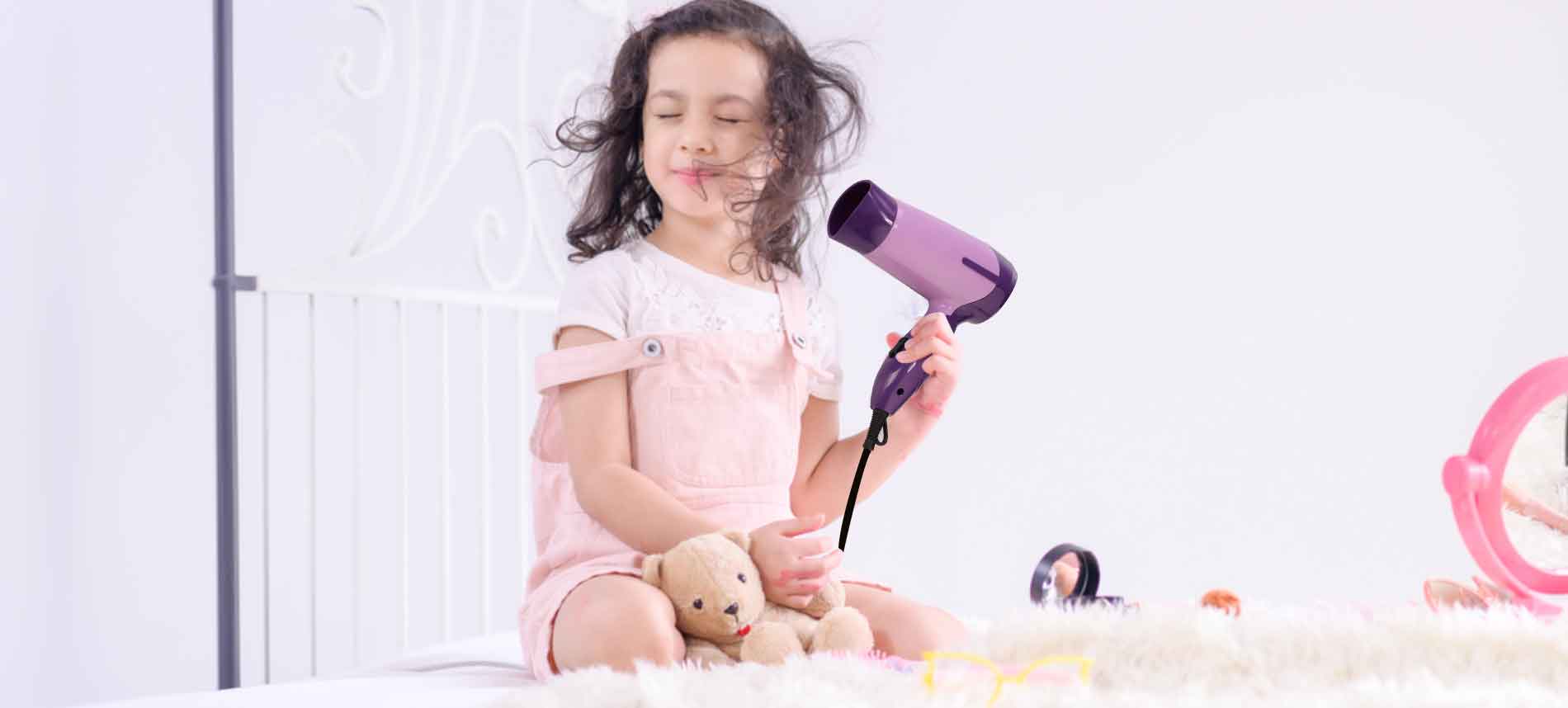
For school-age children, the focus shifts slightly toward more efficiency and ease of use:
Moderate Wattage and Multiple Heat Settings: A dryer with a wattage between 1600W to 1800W and multiple heat settings can accommodate the thicker hair that begins to develop at this age. The ability to adjust heat settings helps cater to different hair types within this age range.
Durability and Safety: A robust, durable design is crucial to withstand the active lifestyle of school-age children. Safety features, such as an automatic shut-off function when the dryer overheats, add an extra layer of protection.
Ergonomic Design: Look for a dryer with an ergonomic handle that is easy for a child to hold, especially if they are learning to dry their hair independently.
5. Selecting a Hair Dryer for Teenagers
Teenagers often experiment with different hairstyles, making a versatile hair dryer a must-have tool.
High Wattage with Adjustable Settings: Choose a dryer with a high wattage (1800W and above) and adjustable heat and speed settings. This combination allows for a faster drying process and accommodates various styling options.
Advanced Technology: Ionic or ceramic technology helps reduce frizz and protect hair health. These features are crucial as teenagers often use more heat styling tools.
Attachments for Styling: Consider a hair dryer with a concentrator nozzle and a diffuser attachment. A diffuser is ideal for curly or wavy hair, helping to maintain natural texture. For sleek, straight styles, a concentrator nozzle directs airflow for precise styling.
6. Choosing the Best Hair Dryer for Young Adults to Middle-Aged Adults
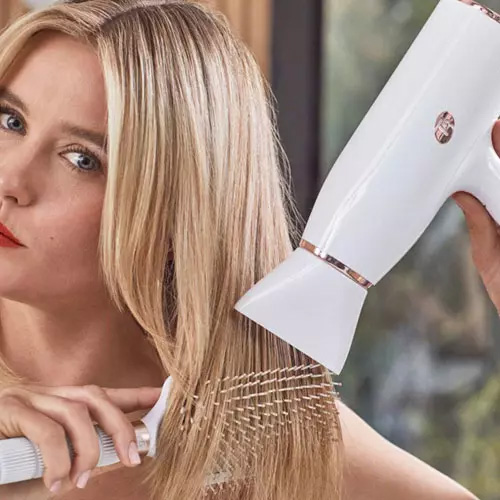
Hair dryers for young adults and middle-aged individuals should cater to efficiency, styling versatility, and hair protection:
High Wattage and Multiple Technology Options: Opt for a high-wattage dryer with advanced technologies like ionic, ceramic, or tourmaline. These features help maintain hair health while allowing for rapid drying and styling versatility.
Customizable Settings: Adjustable heat and speed settings, along with a cool shot button, provide maximum control over the styling process. This flexibility is crucial for achieving various styles, from straight and sleek to voluminous curls.
Ergonomics and Weight: For individuals who frequently style their hair, a lightweight, ergonomically designed dryer can reduce fatigue and strain on the hand and wrist.
7. Hair Dryer Features for Older Adults and Seniors
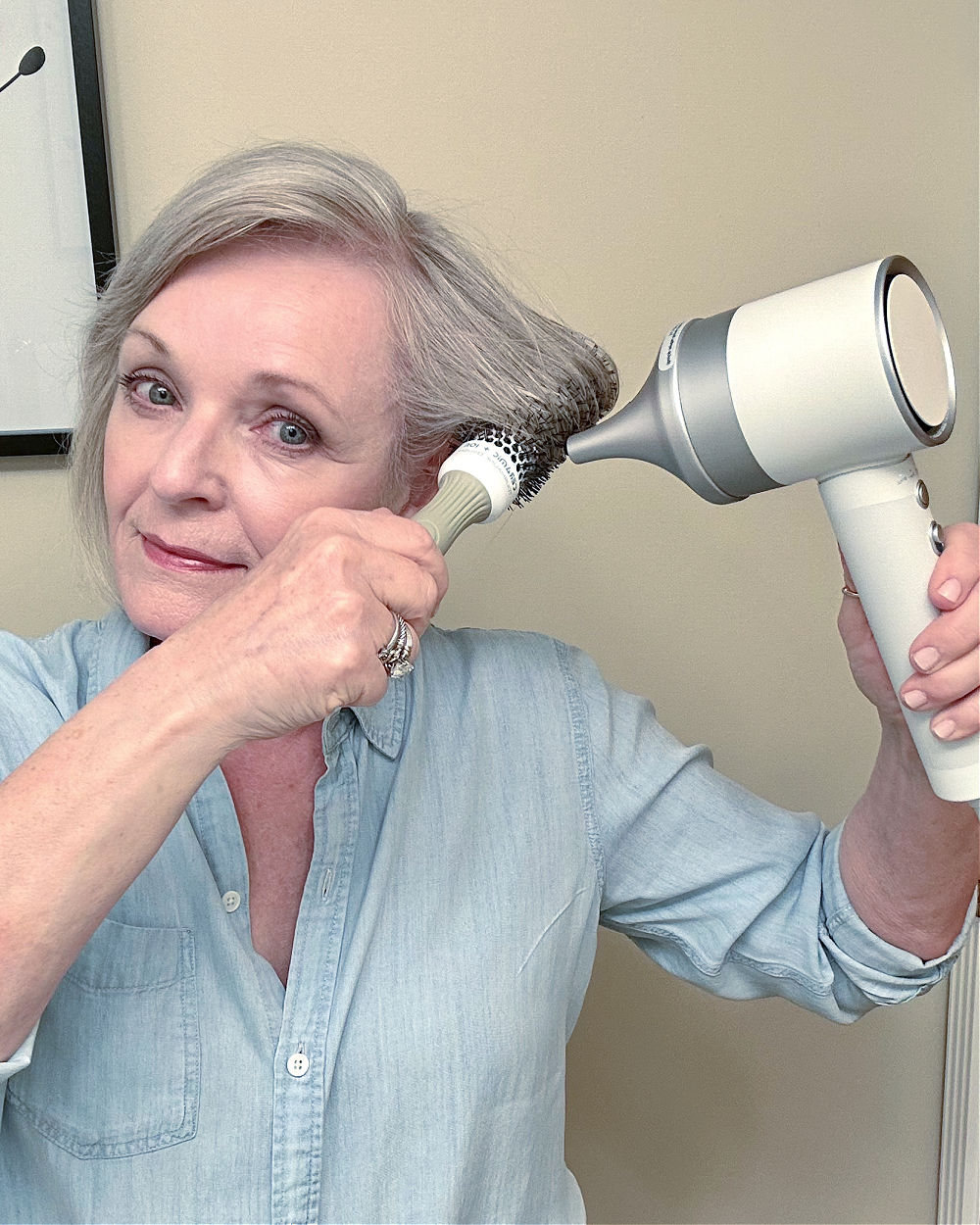
As hair begins to thin and lose moisture with age, choosing a gentle yet effective hair dryer becomes essential:
Low to Moderate Wattage with Ionic Technology: A dryer with a wattage between 1600W and 1800W, combined with ionic technology, can help reduce drying time and minimize heat exposure, preventing further hair damage and maintaining moisture levels.
Lightweight and Easy to Use: Older adults may prefer a lightweight, easy-to-handle dryer to avoid strain. A compact design with straightforward controls can make the drying process more manageable.
Gentle Heat Settings: Lower heat settings help protect thinning, fragile hair from heat damage. A dryer with a cool shot button can also help set styles without additional heat.
8. Special Considerations for Curly, Coarse, and Frizzy Hair Types Across All Ages
For individuals with curly, coarse, or frizzy hair, specific hair dryer features can make a significant difference:
Diffuser Attachment: A diffuser helps maintain natural curl patterns and minimizes frizz by dispersing air evenly. This attachment is beneficial for all age groups with curly or wavy hair.
Ionic and Ceramic Technologies: These technologies help reduce frizz and static, making them ideal for managing coarse or frizzy hair. They work by sealing the hair cuticle, resulting in smoother, shinier hair.
Variable Heat and Speed Settings: Adjusting heat and speed settings can prevent over-drying and frizz, providing better control over the drying process and resulting in smoother, more manageable hair.
9. Maintenance Tips for Hair Dryers
Regardless of the age group or hair type, maintaining your hair dryer is crucial to ensure its longevity and optimal performance:
Regular Cleaning: Remove the filter periodically and clean it to prevent lint buildup, which can affect the dryer’s performance and lifespan. A clogged filter can cause the dryer to overheat, potentially leading to damage or a fire hazard.
Check the Cord: Regularly inspect the power cord for any signs of wear or damage. A frayed or damaged cord can be dangerous and should be replaced immediately.
Storage: Store the hair dryer in a dry place away from moisture to prevent electrical damage. Avoid wrapping the cord tightly around the dryer, as this can cause the cord to wear out over time.
Professional Servicing: If the hair dryer is not working correctly or has reduced performance, consider taking it to a professional for servicing or repair.
Conclusion
Choosing the right hair dryer for different age groups requires understanding hair care needs at each life stage. Consider factors like hair type, wattage, heat settings, speed options, and advanced technologies. Selecting the right hair dryer ensures optimal hair health and styling for all ages. Whether buying for a toddler, teenager, young adult, or senior, the right tool is key to maintaining healthy, beautiful hair.
Following this guide will help you make informed decisions for specific hair care needs. Remember, achieving beautiful hair involves more than styling; it requires the right tools for your unique needs.
Styling attachments, like a concentrator nozzle and diffuser, accommodate different styling preferences. Teenagers with curly or wavy hair will benefit from a diffuser. Those wanting sleek, straight styles can use a concentrator nozzle.
Popular Post

Ultimate Guide to Using a Hair Dryer with Nozzle for Styling
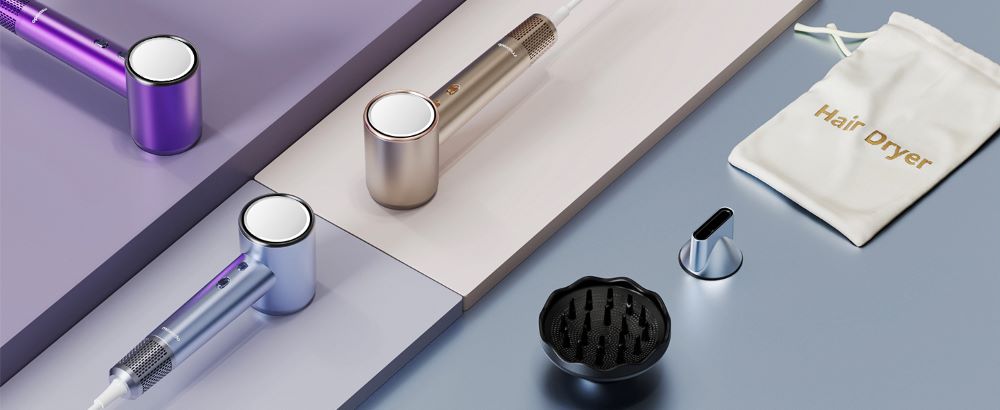
The Benefits of Using a Hair Dryer with a Diffuser
